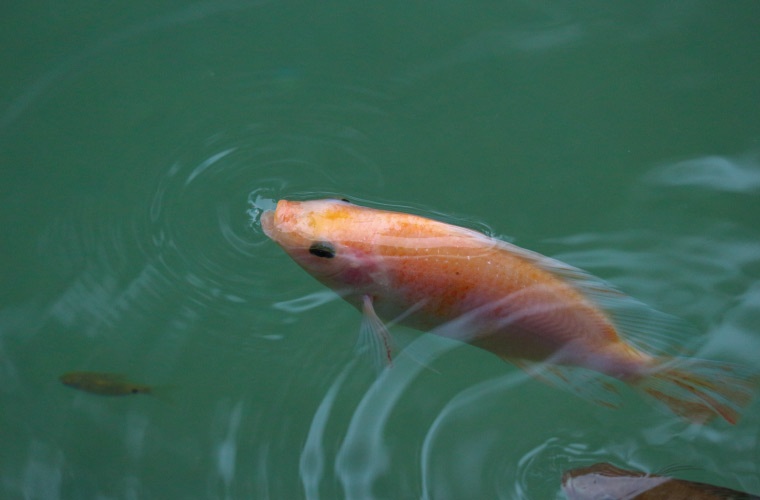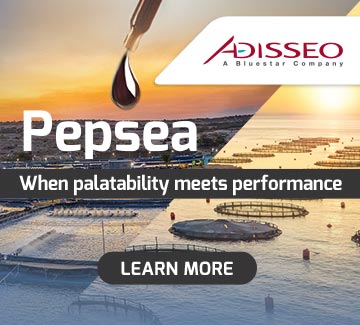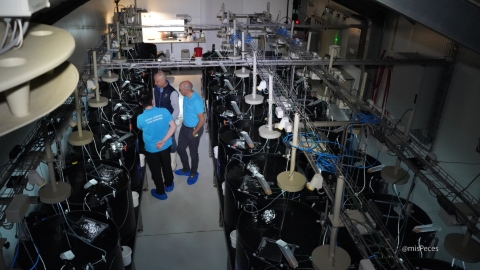
A recent international study has uncovered surprising findings about the environmental enrichment preferences of Nile tilapia (Oreochromis niloticus), one of the most widely farmed fish species in the world. The research suggests that these fish spend more time in simple shelters, such as clay pots, compared to more elaborate structures, like interwoven ropes, although they visit both options with equal frequency.
Published in the journal Applied Animal Behaviour Science, the study aimed to better understand how tilapia respond to different types of structural enrichment-an approach proposed in aquaculture to enhance fish welfare.
The researchers studied 50 adult tilapia, each weighing approximately 44 grams and measuring 10 cm in length. Initially, the fish were housed in large 450-litre tanks under controlled conditions, with temperatures maintained between 25-28ºC, pH at 6.8, and optimal water quality. They were then transferred to experimental tanks for testing.
Each fish underwent individual trials. Placed in the centre of the experimental tank, the fish were allowed to explore freely for 20 minutes. During this time, two key variables were recorded: the number of visits to each structure and the time spent within them.
The experiment was repeated over four consecutive days for each fish, enabling researchers to observe whether their preferences remained consistent over time.
According to the findings, simple shelters appeared to offer a sense of safety, creating a comfortable environment for the fish. In contrast, the complex structures encouraged exploration and more active behaviours.
These insights provide valuable guidance on how to improve fish welfare in aquaculture while ensuring cost-effective practices. For instance, simple shelters could offer a low-cost means to enhance fish well-being without impacting profitability.
The tilapia visited both the simple shelters and the complex rope structures with similar frequency. However, they spent more time in the simple shelters, suggesting these provided a more secure or appealing environment. Some fish displayed varying preferences depending on the measurement criteria, reflecting the nuanced nature of their behavior.


